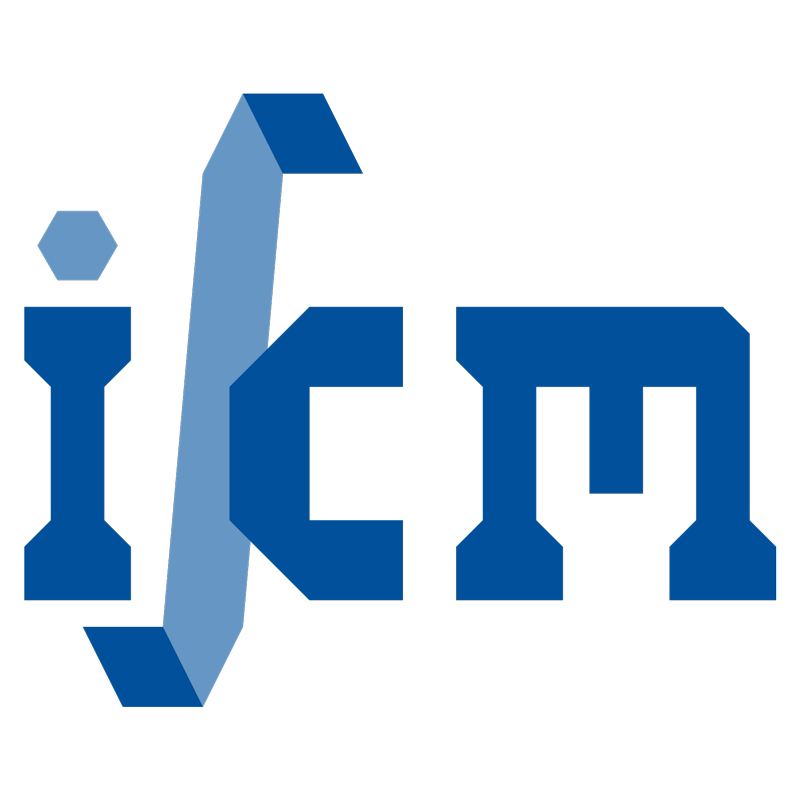Membrane mode enhanced cohesive zone element
- authored by
- Felix Töller, Stefan Löhnert, Peter Wriggers
- Abstract
Purpose: In certain cases, traction–separation laws do not reflect the behaviour sufficiently so that thin volumetric elements, Internal Thickness Extrapolation formulations, bulk material projections or various other approaches are applied. All of them have disadvantages in the formulation or practical application. Design/methodology/approach: Damage within thin layers is often modelled using at cohesive zone elements (CZE). The constitutive behaviour of cohesive zone elements is usually described by traction–seperation laws (TSLs) that consider the (traction separation) relation in normal opening and tangential shearing direction. Here, the deformation (separation) as well as the reaction (traction) are vectorial quantities. Findings: In this contribution, a CZE is presented that includes damage from membrane modes. Originality/value: Membrane mode-related damaging effects that can be seen in physical tests that could not be simulated with standard CZEs are well captured by membrane mode–enhanced cohesive zone elements.
- Organisation(s)
-
Institute of Continuum Mechanics
- External Organisation(s)
-
Technische Universität Dresden
- Type
- Article
- Journal
- Engineering Computations
- Volume
- 39
- Pages
- 722-743
- No. of pages
- 22
- ISSN
- 0264-4401
- Publication date
- 08.02.2022
- Publication status
- Published
- ASJC Scopus subject areas
- Software, General Engineering, Computer Science Applications, Computational Theory and Mathematics
- Electronic version(s)
-
https://doi.org/10.1108/EC-08-2020-0489 (Access:
Closed)
-
Details in the research portal "Research@Leibniz University"


